Eight reasons why Artscape should stay right where it is
Why Downtown - and why move it in the first place?
I want to preface this by saying that even as someone who grew up in Baltimore, I don’t have many prominent memories of going to Artscape. My parents may have taken me when I was little, but as I got older I often let it pass me by for some reason. I went in 2024 when it was beset by an utterly biblical rainstorm. The opinions I express here are thus not particularly colored by personal experience or nostalgia — and I try my best to not let my judgement be swayed by a sort of idealization, gathered from photography and written accounts, of a past Artscape that may never even existed.
All that being said, as a generally engaged citizen and resident of Mount Vernon, I was quite dismayed when I saw the news announced yesterday by Mayor Brandon Scott that Artscape 2025 would be moved from late summer to Memorial Day, and from Midtown1 to Downtown.
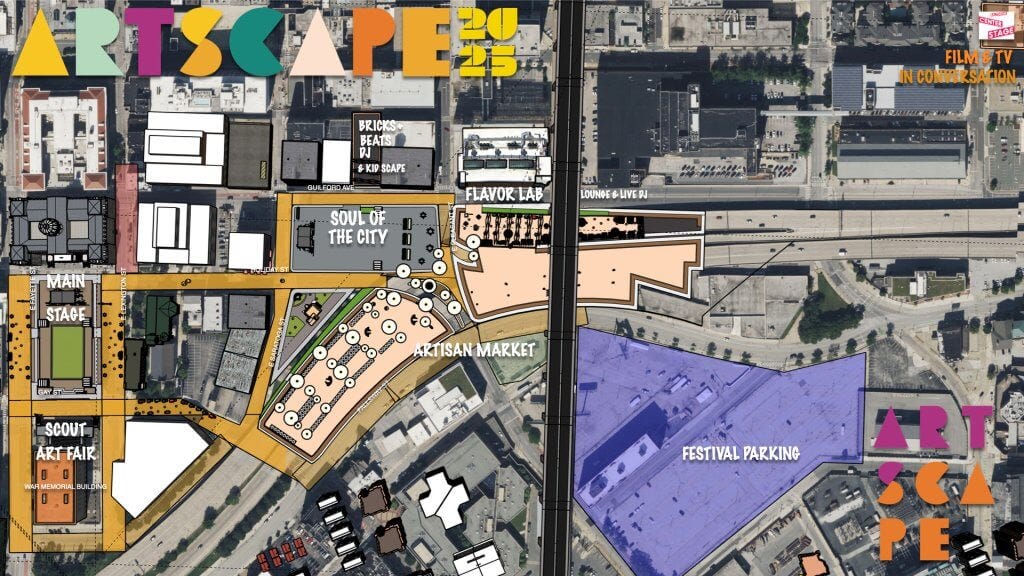
I hate that I feel I have to say this — but this is legitimate criticism of a specific decision by the Mayor. I like other things that the Mayor is doing (and I deeply dislike some other things that the Mayor isn’t doing). This is not an unhinged screed against Mayor Scott. I will write this as if it’s going straight to his inbox when I hit publish.
In this article I want to work through why I feel this way (and, at the end, some possible silver linings). As someone with a thoroughly pro-growth mindset when it comes to economic development and housing, I often feel that people just need to get over the resistance to change that is embedded in human nature — so as I write this, I need to be attentive to this reflex in myself. The key point in reassuring people that change is normal and okay (which is often missing) is providing a positive vision of why the change is necessary and how it can be a genuinely holistic improvement over the previous state of affairs. In the case of Artscape, don’t think the Scott administration has really developed much of a convincing justification or provided a positive vision yet.
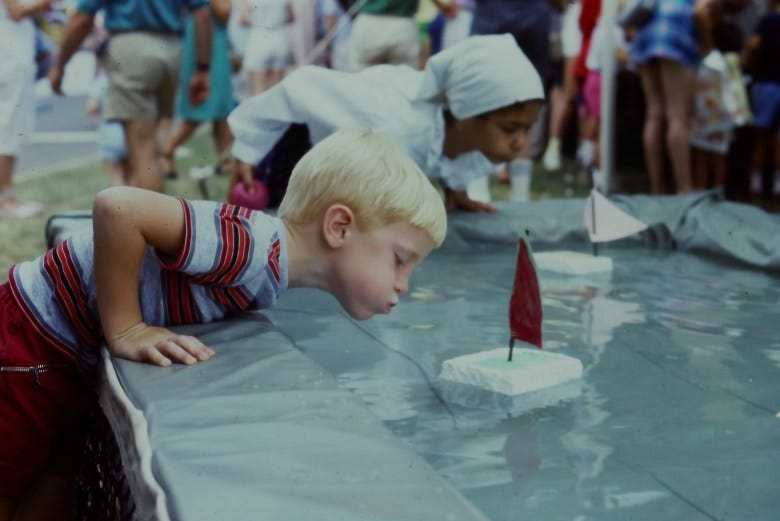
1. Why move Artscape at all?
This is a real question, and it hasn’t been answered yet.
Artscape has been in Midtown for decades because the neighborhoods around Charles, North, and Mount Royal have long been organic centers for the arts. The completion of the Meyerhoff in 1982 was the main impetus for bringing the city-wide free arts festival from Charles Center to Midtown. In the years since, it’s just made more and more sense as MICA’s influence has grown and Station North’s arts activity has become enshrined in an official arts district. It would be easy to launch directly into arguing against Downtown as a location for Artscape — but we can’t skip the step of talking about why it’s even being moved in the first place.
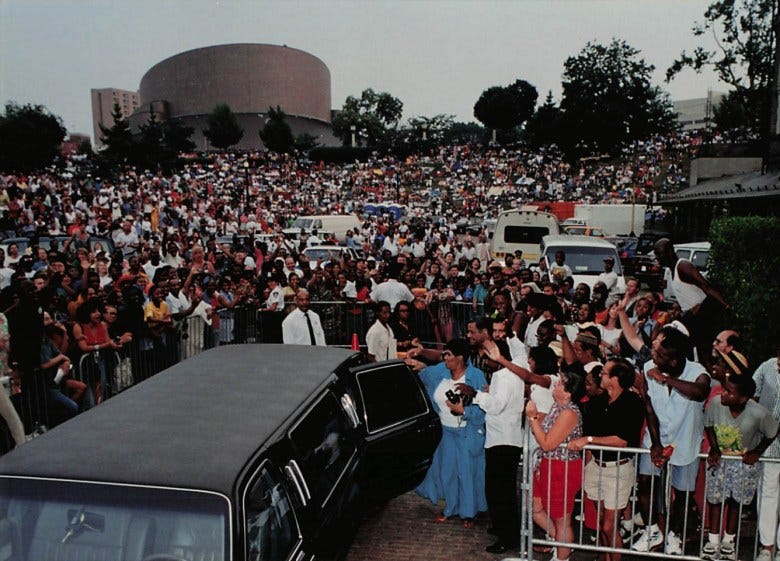
I’m not even the right person to be making this argument, though. I’d just leave it to the leaders of the Central Baltimore Partnership, MICA, the Station North Arts District, Midtown, The University of Baltimore, the Mount Vernon Belvedere Association, the Meyerhoff, and all of the cultural and community development associations around Midtown who have been deeply invested in Artscape and who I imagine are furious about this decision. Hearing their candid thoughts on this would be so much more interesting than anything I could write here.
Mayor Scott is breaking a long-established Baltimore tradition in a concerningly nonchalant manner. At the moment we can’t even begin to grasp the long-term effects this decision will have on Midtown’s status as an arts destination. Don’t you think?
2. Walkability
In his statement in the Banner article, in reference to Downtown, Mayor Scott says:
“Quite frankly, it’s more walkable than the previous location.”
I don’t know why I find this sentence so grating. When someone starts their sentence with “quite frankly," you expect them to follow up with something controversial — a closely held opinion they’ve been withholding until that very moment, when it becomes clear that there’s no use holding back any longer.
In this case, Scott comes off as quite dismissive of “the previous location”, which he doesn’t name specifically. Perhaps it’s the reporter’s decision to end the article on that quote, but there’s an unmistakable air of disdain.
Further, his claim is highly debatable. When you’re comparing urban neighborhoods’s walkability, you’re comparing myriad factors like road design, geography, topography, density, and land use. Downtown is certainly centrally located, but not much more than Midtown given the latter’s proximity to Penn Station. Downtown’s streets are mostly extremely wide arterials designed for car traffic, whereas Midtown, while by no means perfect, has more human-scaled urbanism. Midtown has more small-scale, ground-floor retail in comparison to Downtown’s super-blocks and pedestrian-hostile facades. People like to walk on a closed-off Mount Royal and Charles Street because Midtown is made up of historic and beautiful neighborhoods with human-scaled architecture. This is the area Mayor Scott is calling more walkable than Midtown:
3. Businesses
Imagine being a business owner in Midtown. You long for foot traffic throughout the year (something that would increase with population growth), and depend on Artscape for a big weekend of sales. And then, on a random Friday, an announcement —
4. The Optics of Centrality
Baltimore is a city of neighborhoods. Artscape seems like a perfect example of this — a beloved event thoroughly backed by the city but nevertheless very much of, for, and by the people. In a 2011 BaltMag article marking Artscape’s 30th anniversary, Geoffrey Himes described the festival as having a “populist, state-fair-like ambience” that descended from the tradition of William Donald Schaefer’s City Fair. No one was truly under the impression that Artscape has been planned all this time on the initiative of private citizens giving their own time — but the City’s involvement, while substantial, was discreet. The people could experience an art festival on their own terms, in their daily stomping grounds, or at least in a place they traverse with some regularity. At the risk of over-idealizing, Baltimoreans from all corners of the city flocked to this central location to commune in a rare show of public unity.
By bringing the main concert stage from a closed-off Charles Street to War Memorial Plaza in the shadow of City Hall, Mayor Scott is making an unmistakably political statement — perhaps an overt show of power in the wake of the BOPA debacle as the City takes on BOPA’s former role of planning Artscape. As long as Mayor Scott has anything to do with it, make no mistake — Artscape will be sponsored by the City and by the Scott Administration. Rather than giving the neighborhoods responsible for much of Baltimore’s artistic production the freedom to host Artscape, Scott is tightening the leash and bringing the festival to a location that is notably not artistic.
This gives me occasion to emphasize that Artscape’s new location is not so much Downtown as most people would picture it (somewhere around Charles and Baltimore Streets) — it’s in the space between City Hall, the courthouse, parking lots for municipal services, and the Juvenile Detention Center. When I initially heard that Artscape was coming Downtown, I figured it would be on the Westside, in the Bromo Arts District. Perhaps the argument in favor of Scott’s ultimate decision would be that this civic district is more neutral than Midtown — it indisputably belongs to all citizens of Baltimore. But by opting for the most neutral location, we forego what makes individual neighborhoods special and entirely remove the populist, neighborhood-centered ethos that Artscape has cultivated since its inception.
5. Proximity to Penn Station
I touched on this already — but Midtown has the distinction of having the entire City’s train station as a focal point. That’s not nothing. Of course, the utility of this depends a lot on the frequency of inter-city service, and whether the Light Rail’s Penn Station Spur is functional. Penn Station is still an island that isn’t fun to walk to and from at night. Artscape is an opportunity for people in DC and Philadelphia to discover what Baltimore is all about — and by moving it away from Penn Station, we are largely forgoing that advantage.
For basic reasons of urban agglomeration effects and smart growth, the land around inter-city and rapid transit stations should be the land with the highest-density uses. This is a whole other issue, but Midtown should have about two times the density than it has right now. For the time being, let’s not pull the rug out from under this neighborhood whose importance is consistently under-appreciated. I would go as far to say that calling Midtown a “neighborhood” (which suggests that it is just one sort of special interest group among others, jostling for resources and influence) discounts the fact that it is Baltimore’s train station district.
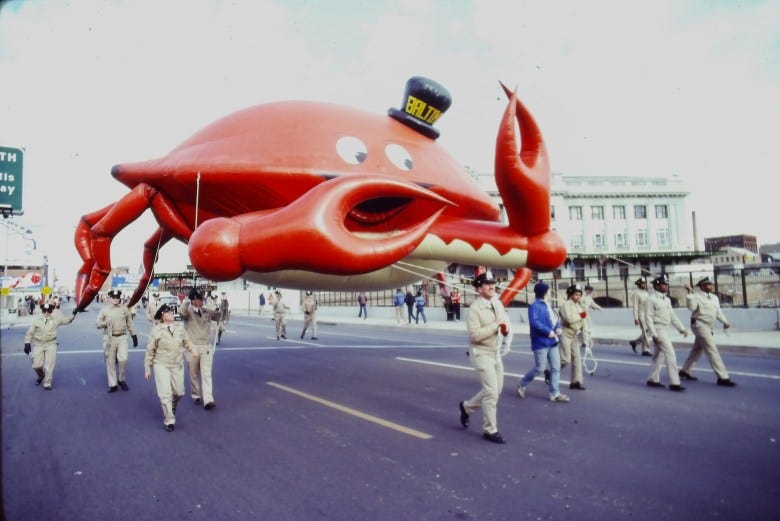
6. Moving further away from MICA
Do I need to expand on this?
7. Downtown “needs uplifting”
Downtown certainly needs uplifting — anyone can see that. But Artscape is not the silver bullet that will get that done. I’ve already mentioned that Artscape’s new geography isn’t Downtown as most would understand it, but the “municipal center” area oriented around City Hall and the War Memorial.
In the Banner article, Mayor Scott states that “we have to think about rising the Downtown core”, seemingly a reference to the Downtown Rise Plan released about a year ago.
The best way to do accomplish the goals gestured at in the Downtown Rise Plan is to make urgent, substantial investments in improving the experience of Downtown’s public realm. This means taking travel lanes away from cars and giving space back to pedestrians, adding concrete-reinforced cycle tracks, closing streets entirely for pedestrian plazas (looking at you, 200 block E Redwood St), and actively encouraging mixed-use infill development. This would be possible with a motivated executive who does not back down to reactionary opposition, or even a “placemaking czar” shuttling between the Mayor’s office and DOT. Once we create public spaces that more people can actually see themselves spending time in on a daily basis, the rest will follow.
If Mayor Scott is specifically talking about uplifting the area constituting Artscape’s new footprint, we’d be talking about stimulating infill development and planning for the future of the JFX viaduct.
8. Robin Thicke
This is unrelated to my argument, but — seriously?
Silver Linings
I’m not trying to be a complete downer here. From the Artscape website:
PUBLIC SPACE RENEWED: Through a blend of public art, lighting installations, green spaces, and immersive experiences, this initiative will revitalize the underpasses beneath the Jones Falls Expressway (JFX), turning them into artist-led, community-driven spaces.
The Banner article notes that the light-centered public art installations will remain for some time after Artscape, creating a “more inviting experience for farmers market attendees.”
As long as the JFX viaduct has to exist, I like the idea of doing more with them, and I’m looking forward to seeing more layers of public art being added the viaduct’s columns.
However, I believe that a true “activation” would be something that people could access more regularly, like a public space for exercise and recreation shielded from the rain, as I’ve suggested in past articles.
The second positive is a very practical consideration: the War Memorial and JFX underpass will provide some shelter from rain, meaning that the entire event (which seems to be cursed) won’t be completely at the mercy of the weather. Same goes for attendee’s health and safety in the case of an extreme heat event.

In conclusion, I’m totally open to having my mind changed. I don’t resent the Scott administration, and I’m looking forward to attending Artscape — but I can’t help but feel that this decision was rather rash and insensitive of Midtown and the organizations and businesses that have contributed to and depended upon Artscape all these years. There are things I like and things I don’t like so much. This announcement falls into the latter category.
If you’re involved in the local arts scene or have opinions about yesterday’s announcement, please leave a comment — I’d love to hear from you.
The term I’ll be using to refer to the Mt Vernon - Mt Royal - North Ave area where Artscape has been since 1982.





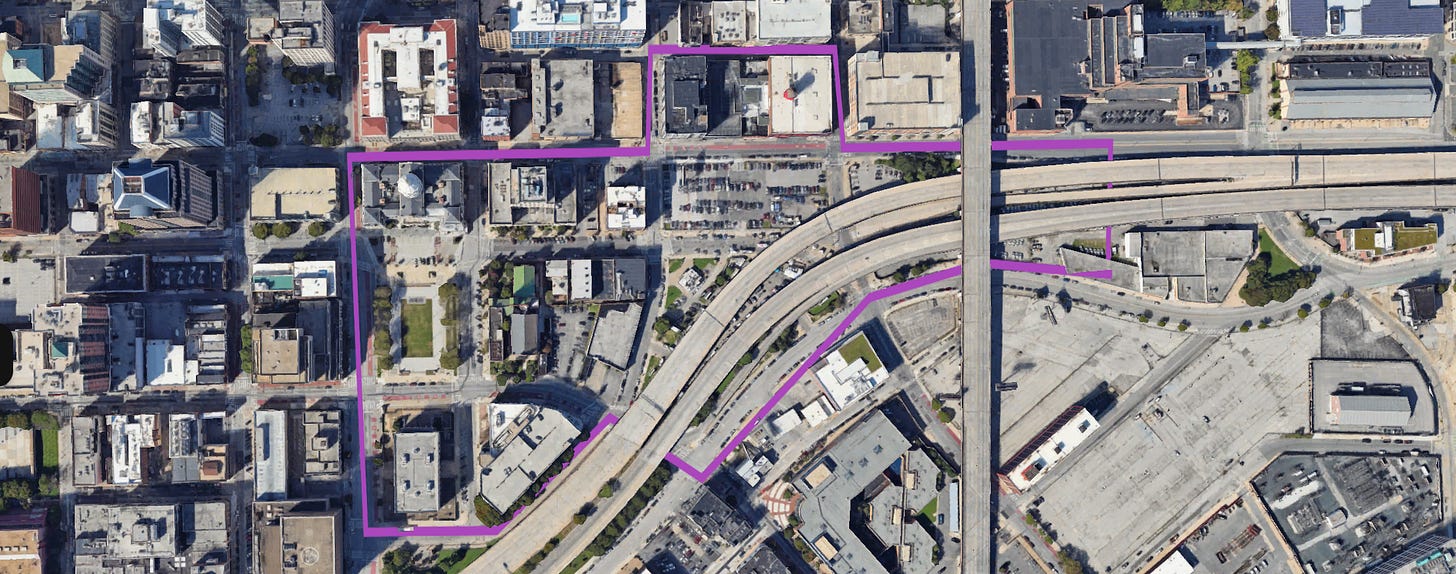

Good article. I hadn’t thought too much about the decision to move Artscape downtown, but it did strike me as odd that Mayor Scott described the midtown area as less walkable than downtown. Despite the big sidewalks downtown, the Midtown area definitely feels more walkable to me even when the streets aren’t closed for the festival. And the proximity to train station should not be downplayed. However, I am looking forward to shade/cover from whatever weather we may have this year.